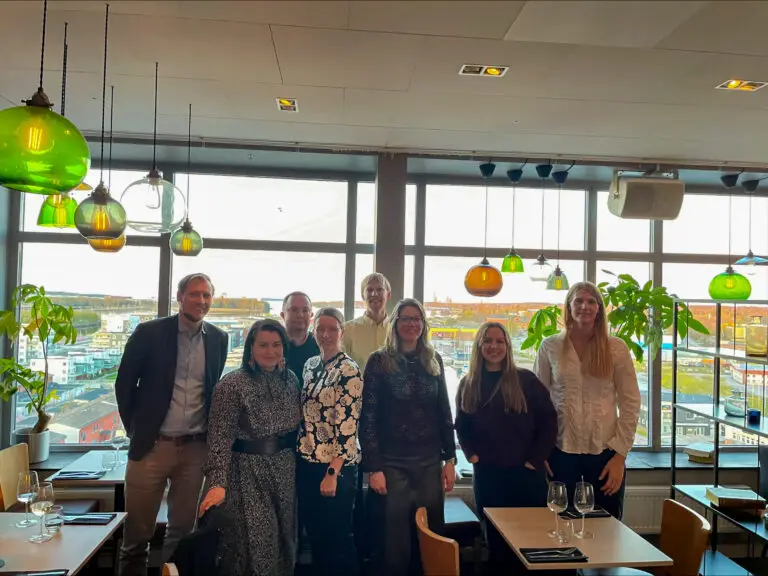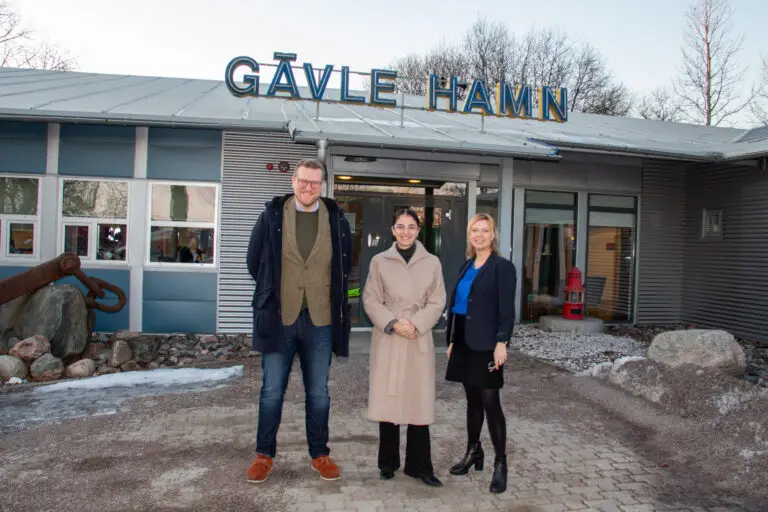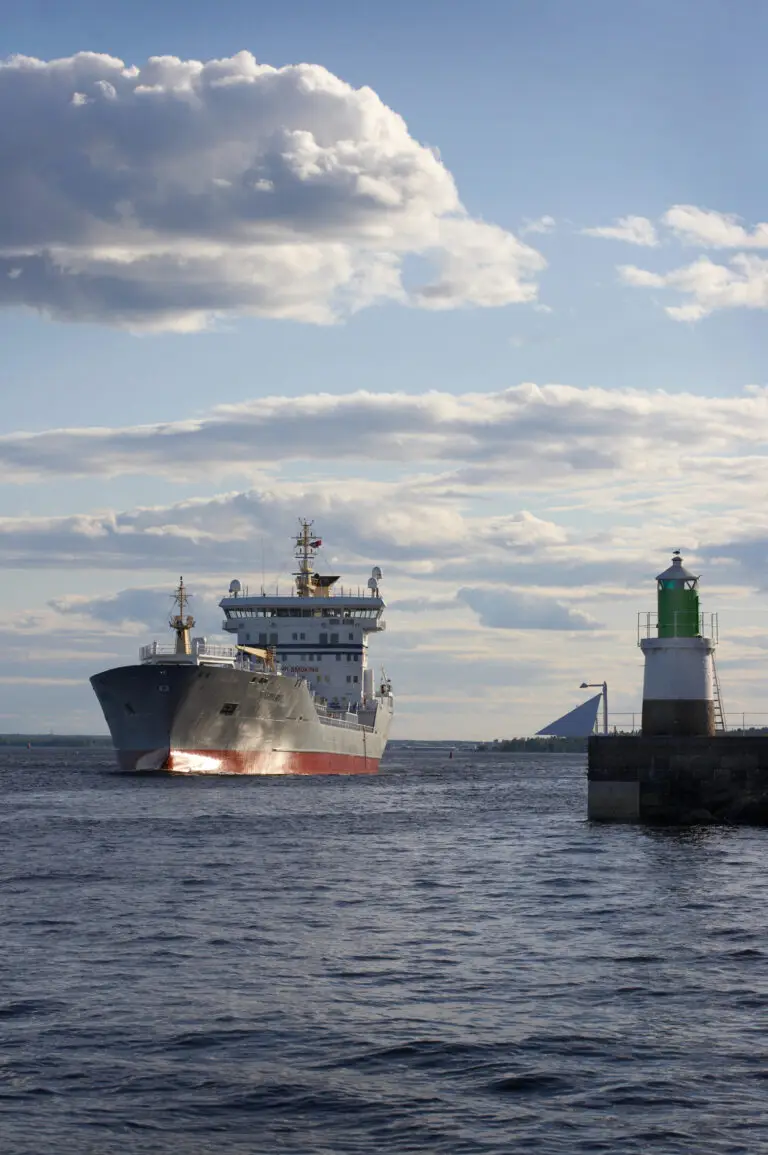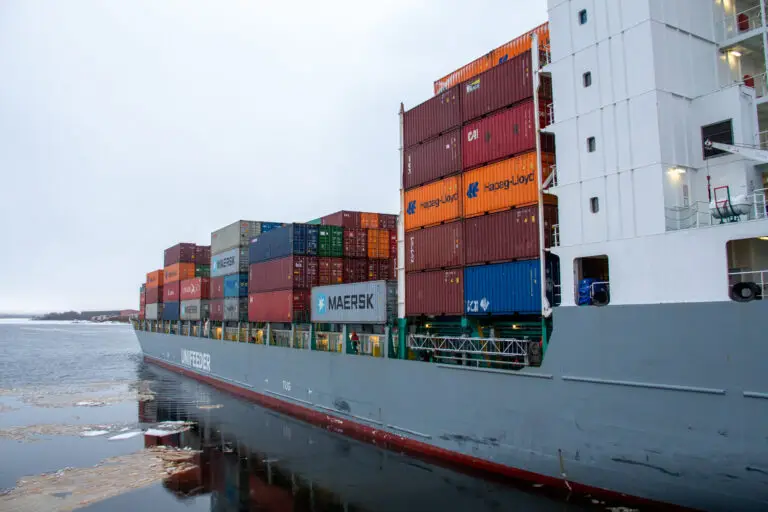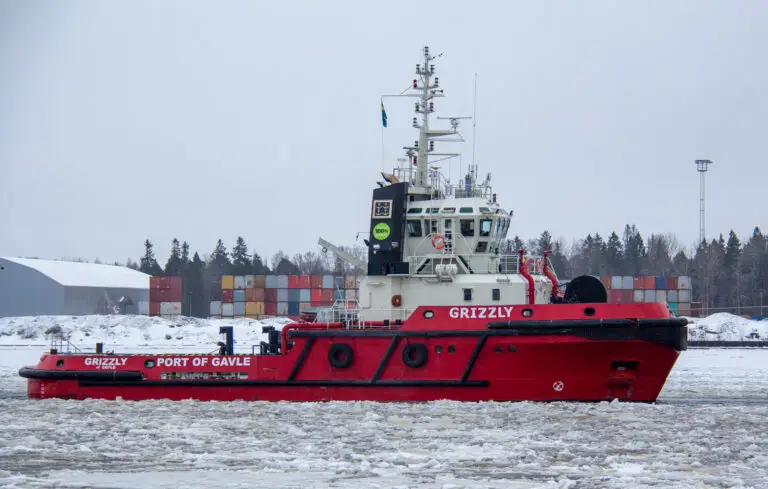By moving the timber stuffing operations closer to the container terminal, internal container transports at Port of Gävle are reduced by approximately 40,000 kilometres per year – the equivalent of one lap around the globe. This results in faster flows, lower emissions and freed-up capacity for continued development of the port area.
With timber stuffing now located directly adjacent to the container terminal, the distance for each internal transport is reduced by just over three kilometres per moved container. On a yearly basis, this means that port vehicles drive approximately 40,000 fewer kilometres within the area.
“We have brought new life to previously undeveloped areas. With a new dedicated location for timber stuffing, we can both shorten driving distances and free up around 50,000 square metres of valuable terminal space for other operations,” says Jörgen Flank, Terminal Director at Yilport.
The change is part of the port’s continuous work to optimise land use and cargo flows. The shorter driving distances are also expected to reduce fuel consumption and thereby lower carbon dioxide emissions.
“Shorter driving distances are a win on all fronts. We expect this to lead to lower fuel consumption, fewer risk situations and more efficient handling,” says Jörgen Flank.
For customers, the relocation strengthens the overall capacity at Port of Gävle and ensures that there is available capacity in the port for increasing volumes. The freed-up area and shorter driving distances also create better conditions for further developing operations. At the same time, there is ongoing work to optimise the entire logistics chain, where electrification of equipment and internal transport is one of the key focus areas going forward.

Facts: What does one lap around the globe correspond to?
- One lap around the Earth at the equator: 40,075 km
- Corresponding reduction in driving distance within the port area: approx. 40,000 km/year
Why this matters
- More efficient flows: shorter lead times from stuffing to gate.
- Less internal traffic: increased safety and smoother logistics in the port area.
- Climate benefits: lower fuel and energy consumption per TEU.
- Capacity: frees up approx. 50,000 m² of terminal space for other operations.


